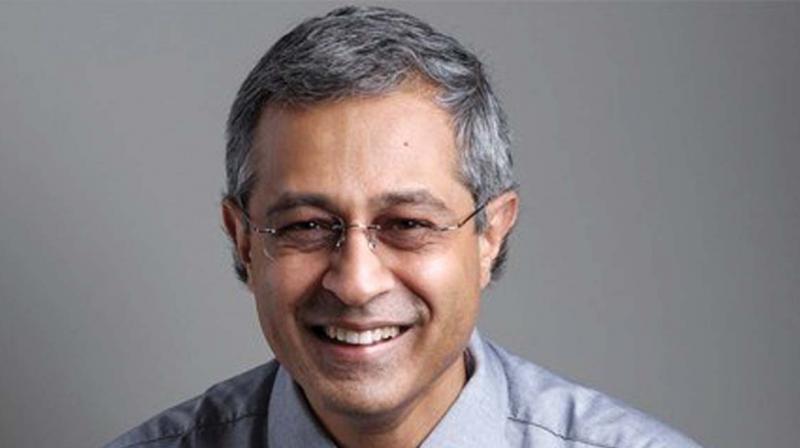Kochi: Doctor moots Deep Brain Stimulation for Parkinson’s
Deep Brain Stimulation slows Alzheimer’s.

KOCHI: Doctors attending the annual meet of Indian Society of Stereotactic and Functional Neuro Surgery here say Deep Brain Stimulation (DBS) is of immense use in treating Parkinson’s disease.
“Theinternationally approved DBS procedure has been in use for years to treat Parkinson’s disease, Obsessive Compulsive Disorder (OCD) and a few other conditions. Recent studies have also found that the treatment is effective to slow down cognitive and functional decline in Alzheimer’s disease, It is important that there is general awareness on the procedure,” said Dr. Dipakar Nandi, consultant nuerosurgeon, Imperial College of London, who inaugurated the conference.
“Parkinson’s disease results from the degeneration of certain cells in a part of the brain. These cells secrete a chemical called dopamine, which is one of the important neurotransmitters in the brain. The deficiency of this neurotransmitter results in the abnormal function of certain neural circuits within the brain, the effects of which are manifested in the symptoms of Parkinsonism like the tremor of limbs, stiffness and slowness of movements and gait. These symptoms can quite significantly affect activities of daily living, with most people in advance stages requiring assistance for even simple activities,” said Dr. Dilip Panikar, organizing chairman and senior consultant in neuro sciences, Aster Medcity.
“The treatment of Parkinson’s disease in early stages is medical. However, as the disease progresses the requirement of medicines increases, and over time this leads to side effects. There are also patients who are unable to tolerate the increased doses of medication. At this stage the next step of treatment is to offer surgical intervention. The surgery classically offered to these patients the world over is Deep Brain Stimulation (DBS),” said Dr Dilip Panicker.
He said that DBS effects accurate placement of electrodes into specific groups of cells called nucleii deep in the brain. “These electrodes are connected to a programmable battery called the implanted pulse generator (IPG), which is like a cardiac pacemaker. This device delivers a small current into these deep areas of the brain, which helps modulate and regulate the malfunctioning circuits in the brain, and eventually attempting to restore the lost functions,” Dr Dilip Panicker said adding the medication that the patient requires can be gradually reduced and in a few instances can be stopped altogether in due course.

